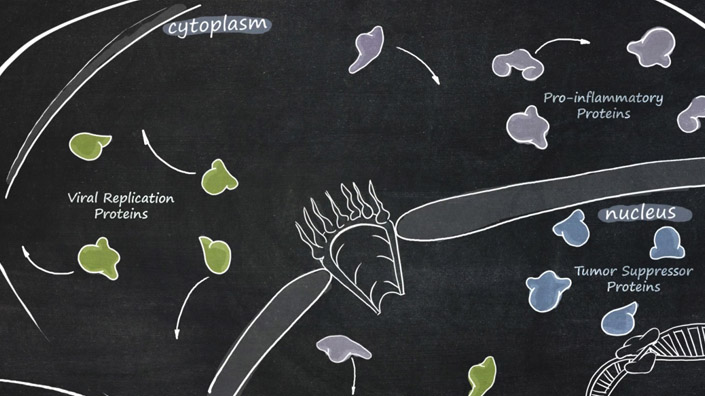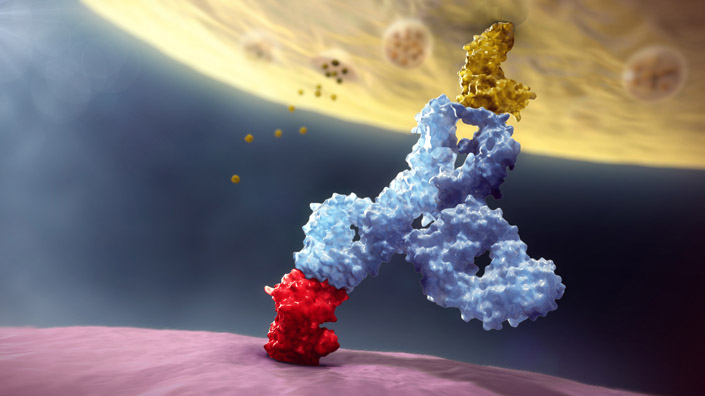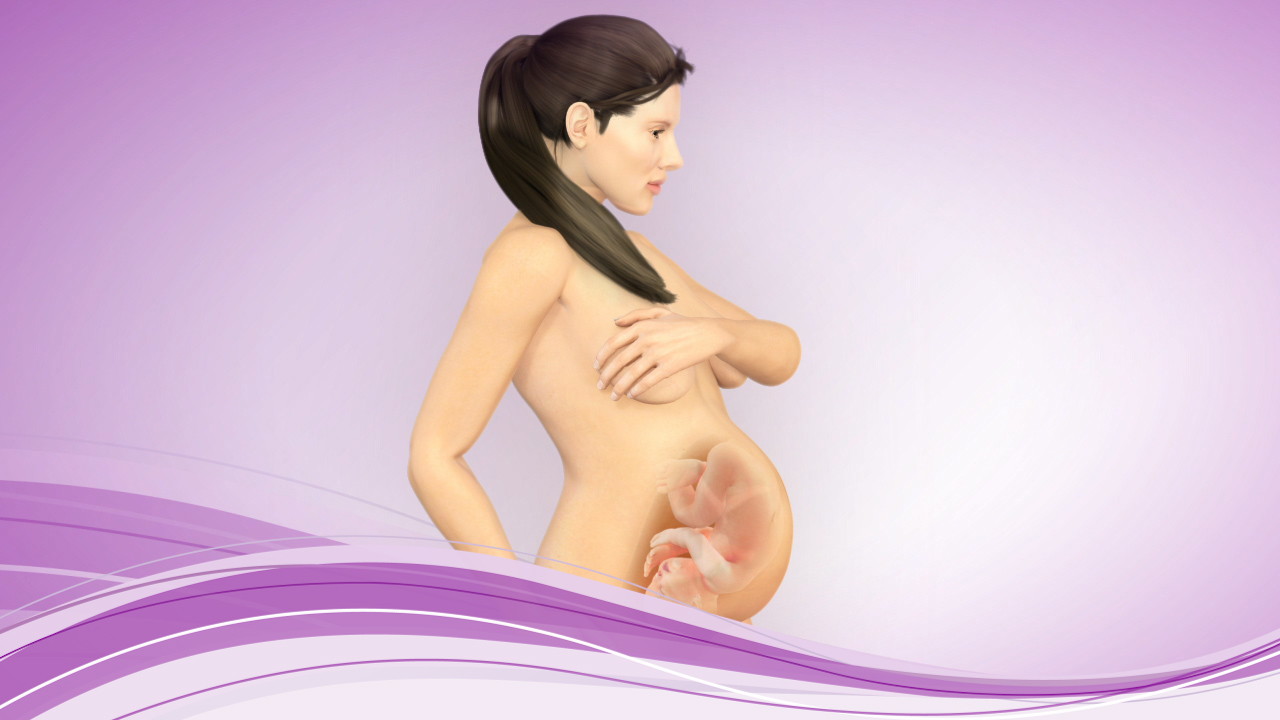Mechanism of Action (MoA)
Your various target groups – healthcare professionals, patients, investors and shareholders – demand tailor-made information about product benefits. Most importantly, scientific and product-related facts such as the underlying mechanism of action have to be communicated effectively, within the industry and beyond.
Examples from different projects
The Mechanism of Action of a pharmaceutical or biotech compound can be visualized as:
Featured Case Studies

Getting Funding from Investors

Multiple Myeloma MoA

A Dermal Filler Explained


